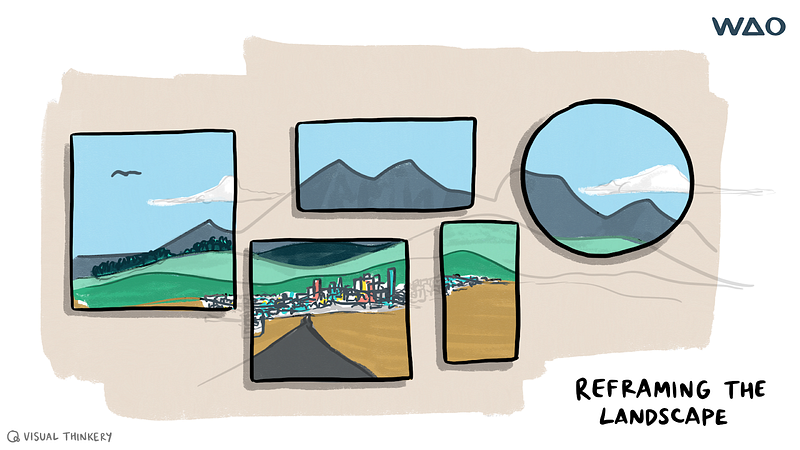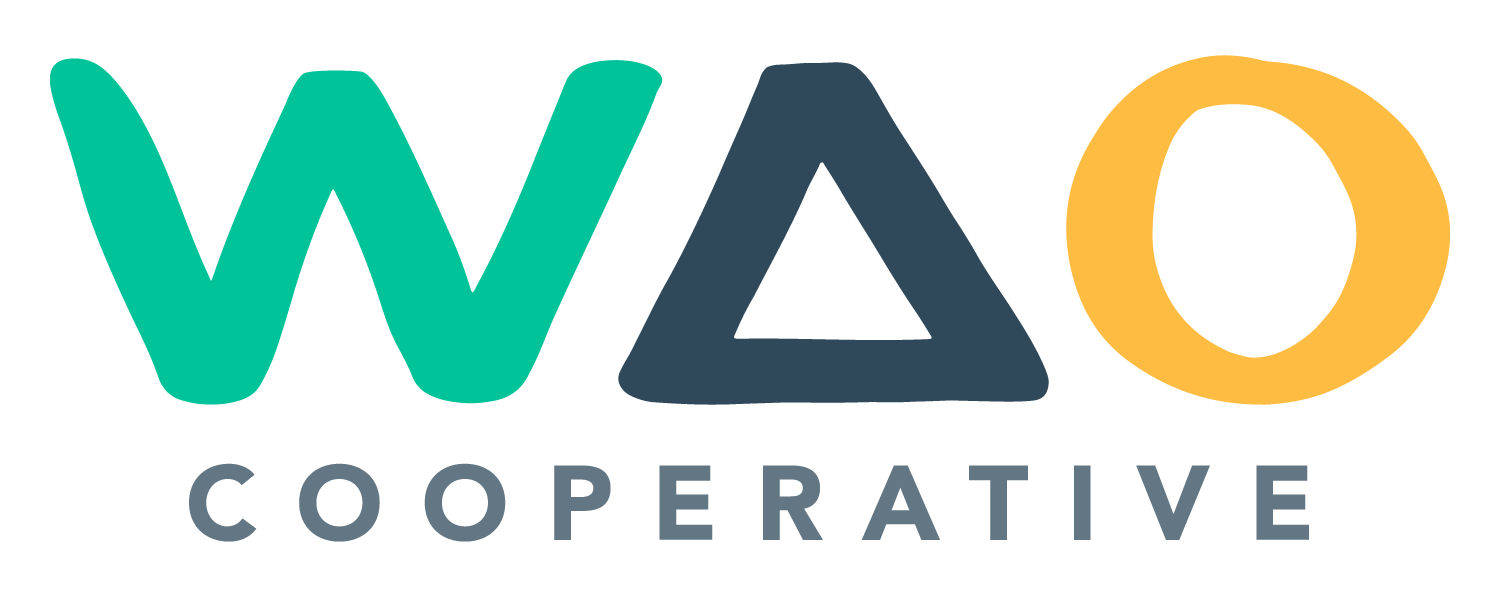
We Are Open Co-op (WAO) recently authored a report for the Irish National Digital Leadership Network (NDLN) on New Learning and Teaching Models. Our focus was on the transformative potential of micro and digital credentialing in recognising learning and achievements. Central to the approach we took is the concept of Open Recognition, which seeks to acknowledge skills, talents, and experiences in ways that are inclusive and accessible.
Microcredentials has emerged as a popular term to refer to digital credentials including Open Badges and Verifiable Credentials. Confusingly, however, ‘microcredentials’ is sometimes used to simply mean a short online course. When approached thoughtfully, microcredentials are a flexible way to address skills gaps, support lifelong learning, and enhance employability. Across different sectors, from universities and businesses to NGOs and co-ops, they offer the potential to modernise how learning is recognised and celebrated. By focusing on inclusivity, transparency, and learner control, microcredentials align with the growing demand for education systems that reflect diverse needs and experiences.
This blog series draws on the insights from our NDLN report, exploring the historical roots of credentialing, the emergence of microcredentials, and the opportunities they present for reshaping education and professional development. Along the way, we’ll examine how microcredentials can address sector-specific challenges and offer practical steps for implementation.
What to Expect from This Series
Each post in this series will explore a key aspect of microcredentials, building on the foundations of Open Recognition and highlighting practical applications:
- Introduction and Context (this post) — Setting the scene for microcredentials, their principles, and potential across sectors.
- The Evolution of Credentialing — Tracing the journey from ancient recognition systems to modern microcredentials.
- Demystifying Microcredentials — Clarifying what microcredentials are, addressing misconceptions, and exploring best practices.
- Trends Shaping the Future of Microcredentials — Highlighting key developments, such as skills-based hiring and stackable learning pathways.
- The Role of Technology in Microcredentialing — Exploring the digital tools that make microcredentials possible, from open standards to AI.
- Challenges and Risks in Microcredentialing — Examining barriers to adoption, including equity, quality assurance, and privacy concerns.
- A Vision for the Future of Microcredentials — Outlining actionable steps for organisations to harness microcredentials effectively.
Why Open Recognition Matters
At the heart of microcredentialing is recognition. Unlike more traditional approaches to credentialing, Open Recognition values learning in all its forms — formal, informal, and experiential. This principle underpins the idea that credentials should not only validate achievements but also inspire confidence, celebrate diversity, and enable lifelong learning.
What might this look like in practice?
- Charities — Acknowledging the efforts and skills of staff and volunteers, highlighting their contributions to social causes.
- NGOs — Validating the contributions of community workers and volunteers.
- Co-ops — Recognising the informal skills and knowledge gained through collaboration.
- Businesses — Verifying and showcasing employee skills, enhancing workforce development and adaptability.
- Higher Education — Offering microcredentials that align with degree programmes while recognising non-traditional learning paths.
Across all sectors, Open Recognition provides a lens for designing systems that are inclusive and meaningful.
Looking Ahead
In the next post, we’ll explore the evolution of credentialing, showing the rich history on which microcredentials build, and re-introducing the concept of Open Recognition. By examining how credentialing has evolved to meet societal needs, we’ll better understand the opportunities and challenges of the present moment.
Stay tuned for practical insights, examples, and strategies to help your organisation embrace microcredentials — whatever sector you’re working in.

Discussion